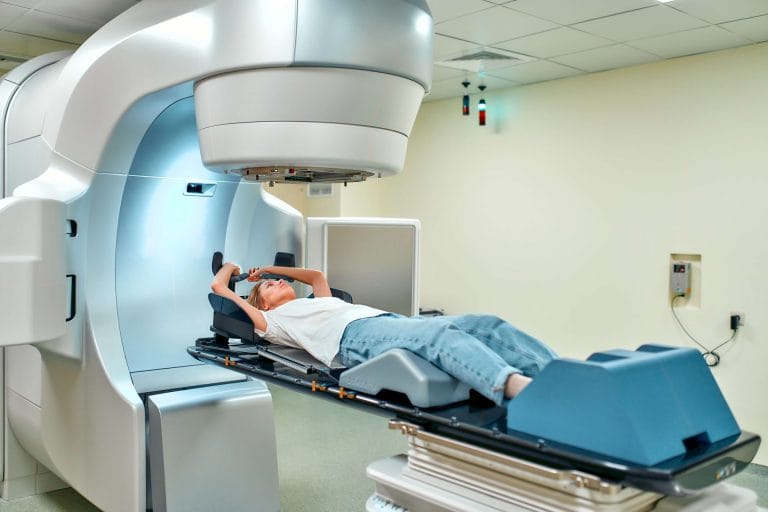Practice can make perfect, but doing the wrong thing over and over can cause more harm than good. Repetitive strain injury (RSI), also called “wear and tear” injuries, can occur in every type of profession where a person is performing a motion repeatedly. This can include anything from typing on a computer to lifting heavy objects. Regardless of the job, when a person performs the same motion repeatedly for an extended amount of time, it can damage muscles, tendons, or nerves.
Unlike some injuries, RSIs do not happen suddenly. They develop over time and have a cumulative effect. If left untreated, severe RSIs can require surgical intervention. Also, RSIs may indirectly cause other injuries as the body compensates for weakness in the affected area by placing more strain on others.
Our PAM Health Workers’ Compensation team is available to collaborate with employers who want to learn how to treat and prevent RSIs in their employees. Many RSIs can improve or go away with outpatient therapy. However, when they do not and surgery is necessary, PAM Health rehabilitation hospitals also offer post-surgical specialized inpatient and outpatient therapy programs designed to enable individuals to safely return to work.

Explore Health Services Offered by PAM Health
Five common RSIs include:
Carpal tunnel syndrome is the most common work-related hand injury. Examples of industries where someone might develop carpal tunnel syndrome include administrative work, manufacturing, and foodservice. The condition causes pain, tingling, and numbness in the wrist and forearm because of pressure on the median nerve in the arm. If left untreated, carpal tunnel can continue to worsen over time to the point that it may become too painful to use the hand. Treatment options include splints, steroid injections, therapy, and, in extreme cases, surgery to release tension on the nerve. Following surgery, extensive therapy is recommended for optimal recovery.
Trigger finger can be caused by repeated and strong gripping, which may cause inflammation and thickening of the tendons and pulleys in any finger. This makes it difficult for the finger to bend easily, causing pain, stiffness, swelling, and even loss of motion. Professions at higher risk of developing trigger finger are manufacturing, farming, construction, and musicians. Non-surgical treatments include splinting and steroid injections to relieve the pain. If pain persists or worsens, surgery may be necessary to release the tension in the joint to allow it to move smoothly again. Following surgery, therapy can assist in regaining strength and range of motion.
Rotator cuff injuries can occur suddenly due to a fall or trauma and cause tears in the muscles or tendons in the shoulder. In addition, rotator cuff injuries can also develop gradually due to repeated wear and tear from heavy lifting or reaching overhead. Jobs that involve reaching overhead repeatedly – like carpenters or painters – may be at higher risk for developing the condition. Symptoms of rotator cuff injuries include shoulder pain and difficulty reaching behind the back or overhead. The pain may even make sleep difficult. Physical therapy is often the first course of treatment, but if the pain continues, surgery to repair the torn tendons or muscles may be recommended. As part of the ongoing recovery, therapy can be beneficial following surgery.
Tennis elbow is a condition where the tendons that attach to the elbow become inflamed. People with tennis elbow may experience pain on the outside of their elbow as well as their forearm and wrist. Mechanics, carpenters, plumbers, factory workers, and butchers are examples of professions that might be at risk for tennis elbow because their jobs involve repeatedly tensing the forearm muscles. Initially, treatment options include therapy, icing, and injections. When symptoms do not resolve after conservative treatments, surgery may be required to remove or repair the damaged tissue. Following surgery, therapy can assist in rebuilding strength and restoring function.
A herniated disc is a painful injury caused by repeated strain on the spine and back in which the soft inner material of spinal disc “slips” through a crack in the outer bone exterior. People who work in jobs where they often turn in awkward positions and/or lift heavy objects may be at risk. Examples of professions where this might occur include warehouse workers, construction workers, landscapers, nurses, truck and bus drivers, and mechanics. Non-surgical treatment options include muscle relaxers, pain medicines, and therapy. Although surgery for a herniated disc is not common, it may be an option for patients with persistent pain. Surgery for a herniated disc involves removing the part of the disc protruding from the spine. Once again, therapy following surgery is a valuable recovery tool.

Find a PAM Health Location Near You
While the majority of workers will never experience a repetitive use injury, one in 10 adults will, according to the Centers for Disease Control and Prevention. If you are in a job where you are performing a motion over and over, know your risks and take steps to prevent an injury before it happens. Although not an overuse injury, also be aware of the risk of slipping and falling, which can cause muscle aches and fractures. Talk with your healthcare provider to understand what you can do to set yourself up for success. If you have developed a repetitive use injury, seek help to prevent it from worsening. If your physician suggests occupational therapy, consider a PAM Health specialized workers’ compensation program near you.



